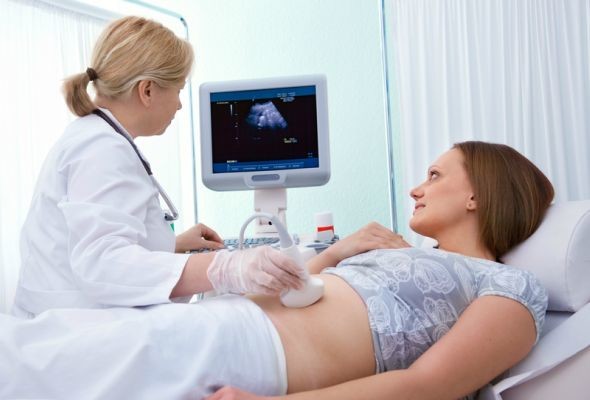
25th March 2015 | by MFC Team
New test allows IVF treatment to be tailored to woman’s fertility cycle
Thousands of couples experiencing infertility may be able to become parents thanks to a new test that tailors in vitro fertilization (IVF) treatment to a woman’s fertility cycle. There is a small two to four day window per cycle when an embryo can attach to a woman’s uterine wall. For the first time, researchers believe they, using ultrasound technology to examine the appearance of the lining of the womb, can identify that time in a woman’s cycle when there is the greatest chance that the embryo will implant.
The endometrial receptivity array (ERA) test involves taking a biopsy of a woman’s uterine lining and analyzing 238 genes in order to determine when her womb is most receptive to an embryo. The research team, led by Professor Juan Garcia-Velasco in Madrid, Spain, conducted a pilot study of 17 women who had one to six failed IVF cycles. After the ERA test was used to determine the best window of implantation within which to transfer their embryos, 9 of the women became pregnant and had a baby. Clinical trials with a larger group of women are currently underway.
While it has been assumed that the window of implantation is constant in all women, the researchers said their study suggests that all women have their own individual window. Professor Garcia-Velasco believes that about 15% of failed IVF cases “are simply due to bad timing.” He says:
“My hope is that this test will explain why some women do not get pregnant when good quality embryos are transferred, and thus, avoid repeated IVF failure. If we are able to select a good embryo and place it in the uterus at the right time, success rates should be significantly higher.”
Read more here.
Leave a Reply